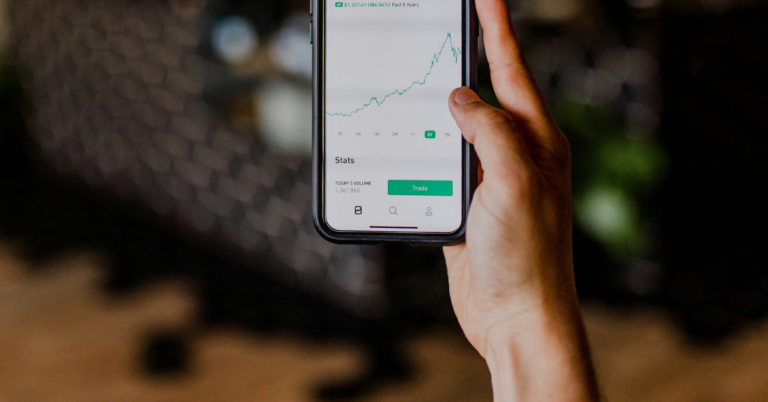Day trading is an exhilarating yet challenging endeavor. Every decision can significantly impact your profits or losses. To understand day trading, having a clear understanding of key metrics and strategies is essential. One such crucial metric is the Last Traded Price (LTP), which plays a pivotal role in shaping your trading decisions.
The Last Traded Price is the most recent price at which a security was bought or sold. There are numerous benefits to using it—and you can also easily find it through an online LTP calculator. It provides traders with a picture of the current market value of a stock. While it may seem straightforward, the LTP is much more than just a number. It reflects the immediate market sentiment and can influence future price movements. Let’s find out all about it!
Monitor in Real-Time
One of the first tips for day trading is to constantly monitor the LTP in real-time. The market can shift rapidly, and the Last Traded Price is often the quickest indicator of these changes. By keeping a close eye on it, you can react swiftly to emerging trends, whether that means capitalizing on a rising stock or cutting losses in a falling market.
Use LTP to Identify Support and Resistance Levels
Support and resistance levels are critical in day trading. These levels indicate where a stock is likely to encounter obstacles, either in the form of selling pressure (resistance) or buying pressure (support).
Here are some tips:
- If the LTP is approaching a known resistance level, it might be wise to sell or short the stock, expecting a price reversal.
- Conversely, if it is nearing a support level, consider buying, as the price may bounce back.
Incorporate LTP in Technical Analysis
Technical analysis involves studying past market data, primarily price, to predict future price movements. The Last Traded Price is a fundamental component of this analysis. By integrating it with other technical indicators like moving averages, RSI, and MACD, you can make more informed trading decisions.
You can use it along with moving averages to confirm trends. For example, if the LTP is above the moving average, it may signal a bullish trend. Combine it with momentum indicators like RSI to gauge the strength of a trend. A high RSI with a rising Last Traded Price might indicate an overbought condition, suggesting it’s time to sell.
Plan Entry and Exit Points Using LTP
Day trading is all about timing your trades perfectly. Knowing when to enter or exit a certain trade can make a huge difference between profit and loss. The LTP can guide you in planning these crucial moments.
Use an online LTP calculator to set precise entry and exit points based on real-time data. For instance, if you’re planning to buy a stock, wait until it breaks above a certain resistance level, indicating a potential upward trend. Similarly, exit your position if the LTP falls below a support level, signaling a possible downward trend.
Stay Alert to Market News and Events
Market news and events can cause sudden shifts in the LTP. Earnings reports, economic data releases, and geopolitical events are just certain examples that can lead to significant price changes. By staying informed, you can anticipate these moves and adjust your strategy accordingly.
Incorporate the LTP into your news-based trading strategy. If a significant announcement is made, monitor it closely for any abrupt changes. Then, act swiftly to either capitalize on the news or mitigate risks.
In day trading, the Last Traded Price is more than just a number. It’s a critical tool that can guide your decisions and improve your trading outcomes. By incorporating the above-mentioned strategies, you can gain a proper understanding of market trends and ultimately enhance your profitability. Successful day trading is not just about reacting to the market but also about anticipating it—and LTP is essential to that anticipation.

